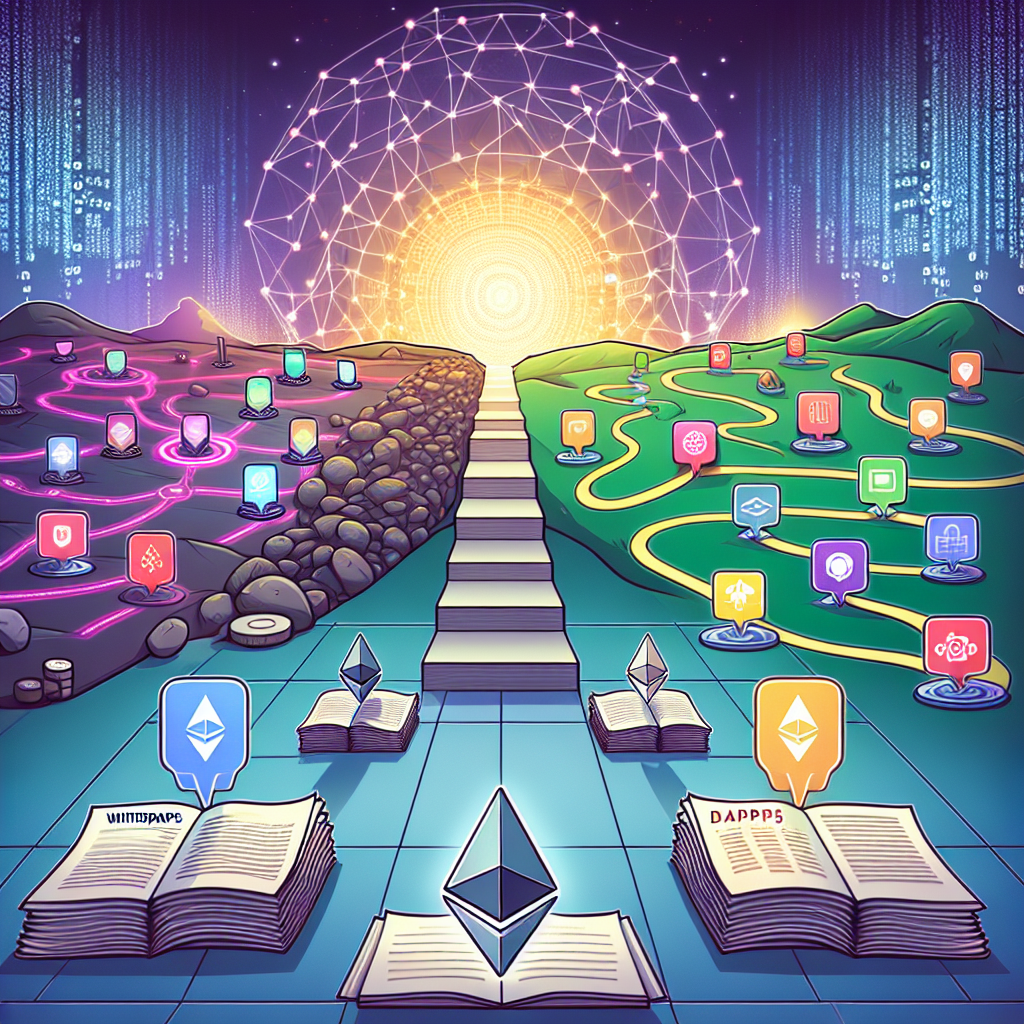From Whitepapers to DApps: A Crash Course in Understanding Ethereum’s Complex Ecosystem
Ethereum, the second-largest cryptocurrency by market capitalization, has been making waves in the world of blockchain technology since its launch in 2015. With its revolutionary smart contract capabilities, decentralized applications (DApps), and vibrant community of developers, Ethereum has become a pivotal player in the rapidly evolving landscape of decentralized finance (DeFi) and Web3.
For those new to Ethereum, navigating its complex ecosystem can be a daunting task. From understanding the technical specifications of the Ethereum blockchain to interacting with its diverse range of applications and protocols, there is a lot to learn. In this crash course, we will break down the key components of Ethereum’s ecosystem and help you understand how it all fits together.
At the core of Ethereum’s ecosystem is its blockchain, a decentralized network of computers that store a ledger of transactions and smart contracts. Smart contracts are self-executing contracts with the terms of the agreement between buyer and seller directly written into lines of code. This revolutionary technology allows for the creation of decentralized applications (DApps) that can automate processes, facilitate transactions, and create new forms of economic activity.
One of the most well-known applications of Ethereum’s smart contracts is decentralized finance (DeFi). DeFi encompasses a wide range of financial services that are built on blockchain technology and operate without traditional intermediaries like banks. From lending and borrowing platforms to decentralized exchanges and derivatives markets, DeFi has exploded in popularity in recent years, fueled by the composability of Ethereum’s smart contract infrastructure.
In addition to DeFi, Ethereum also supports a vibrant ecosystem of non-fungible tokens (NFTs), digital assets that are unique and indivisible. NFTs have gained mainstream popularity in recent months, with artists, musicians, and creators using them to tokenize and monetize their work. Platforms like OpenSea and Rarible allow users to buy, sell, and trade NFTs, creating new forms of digital ownership and expression.
Beyond DeFi and NFTs, Ethereum’s ecosystem is home to a wide array of protocols, standards, and projects that are pushing the boundaries of blockchain technology. From decentralized autonomous organizations (DAOs) to decentralized identity solutions and decentralized storage networks, Ethereum is a hub of innovation and experimentation.
To interact with Ethereum’s ecosystem, users typically need to use an Ethereum wallet, such as MetaMask or Coinbase Wallet, which allows them to store, send, and receive ether (ETH) and interact with DApps. Users can also participate in Ethereum’s governance through decentralized governance mechanisms like Ethereum Improvement Proposals (EIPs) and token-based voting systems.
In conclusion, Ethereum’s ecosystem is a complex and dynamic landscape that is constantly evolving and expanding. By understanding the key components of Ethereum’s ecosystem, from smart contracts and DApps to DeFi and NFTs, users can unlock the full potential of this groundbreaking technology and participate in the next generation of the internet, Web3.
